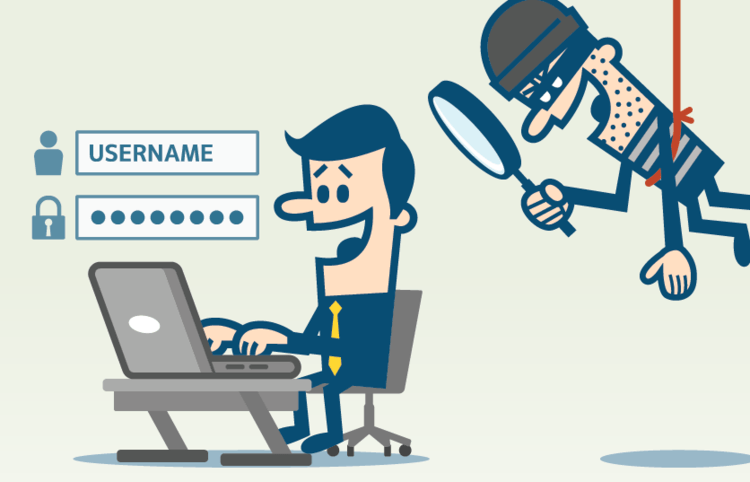Identity theft can happen to anyone. Since more people are going online to shop, bank, file taxes, etc., there’s an increased risk of savvy thieves stealing the personal information of millions of consumers. Even if you’re careful, a thief may be able to attain your information by hacking into the systems of larger businesses, as millions of people learned last year with the Equifax data breach. Cyber breaches increased to 1,093 in 2016, up from 780 in 2015, with most of these breaches impacting medical/health care organizations, education and government/military sectors.
So... what do you do if YOUR information has been stolen?

171 million records.1 According to experts, stolen information can sell for more than $30 per identity on the black market.2 However, in time and frustration alone, it’ll cost a victim much more than that. Stolen information allows thieves to open bank accounts and lines of credit, open new credit cards, get a driver’s license in your name, file taxes to steal your tax refund and more.
1. Check all of your credit reports
As we’ve seen, you may not know you’re the victim of a breach until you hear about it on the news. The first thing you should do if you suspect you’re a victim is to check all of your credit reports—Equifax, Experian and TransUnion—by getting a free credit report at annualcreditreport.com. If you’ve already accessed your credit report this year, you may have to pay a fee.
2. Monitor your credit card and bank accounts for unauthorized activity
Although credit card microchips have curtailed counterfeiting, thieves have become focused on opening new accounts with stolen information. More than $16 billion was stolen from 15.4 million American consumers in 2016. Identity thieves have stolen more than $107 billion since 2010. If you learn your information has been compromised, here are some steps to take to regain control of your information. In every situation, you’ll want to continue to check your credit report and report any additional unauthorized activity.

Check your credit cards and bank accounts monthly and review each charge carefully. If you find or suspect you’re a victim of fraudulent activity, put a freeze on your credit file. This makes it more difficult for a thief to use your info to open a new account in your name; however, it won’t prevent them from making charges to your current credit accounts. The freeze lasts until you remove it; however, in Kentucky, Pennsylvania and South Dakota, the freeze lasts seven years.
3. Get new cards & new accounts
If your credit cards have been stolen, Contact your bank or credit card company to cancel your card and get a new one. Review all of your transactions and call the fraud department if you notice fraudulent charges. Update your automatic payments with the new card number as soon as it arrives. If your bank accounts have been compromised, contact your bank to close your account and open a new one. Review your transactions and contact the fraud department to report false charges. Update automatic payments with your new information.

4. Place a fraud alert on your credit file to warn creditors that your identity was stolen
This will prompt them to verify the identity of anyone looking to get credit in your name.
Additionally, file your taxes early to prevent a scammer from filing for you and collecting your refund.
5. Contact the DMV
Contact the DMV if your license has been stolen. The state may then flag the number in case someone tries to use it.



